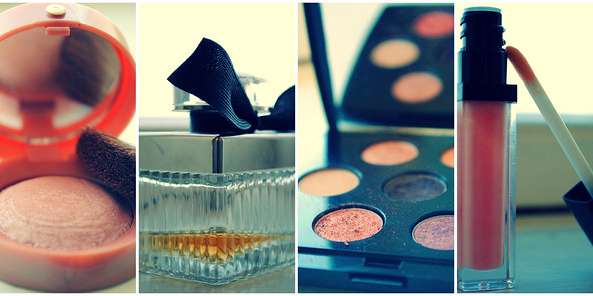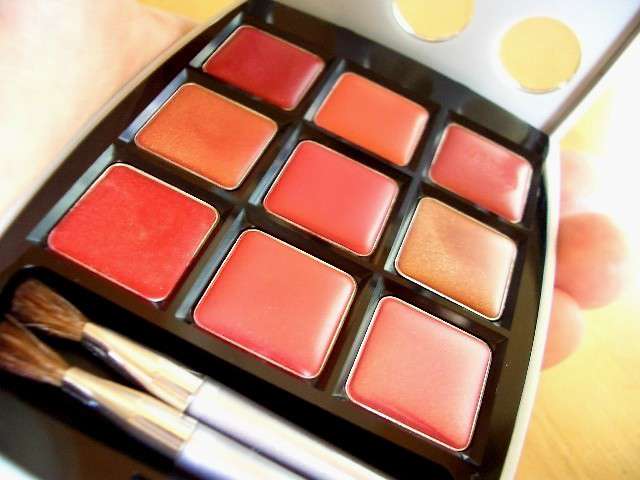
Many cosmetics and other dermatological products contain toxic ingredients that may be harmful. Spectral analysis can provide important information to help ensure the safety and quality of these products.
Image Source: Flickr user NoirKitsuné
For centuries, cosmetics have been used to enhance a person’s appearance and to improve the quality of their skin. Today’s cosmetics market is an international superpower, offering an overwhelming variety of options. When faced with all those options, consumers using the quality and safety of a product to dictate their spending. Chemical analysis is often used to ensure both the purity and quality of cosmetics and other dermatological formulations. Unfortunately, cosmetics frequently include toxic ingredients, but the good news is that new technology like spectrophotometers can help producers detect impurities and other harmful additives in makeup. Spectrophotometers provide a safe, simple and effective method of chemical analysis of cosmetics.



